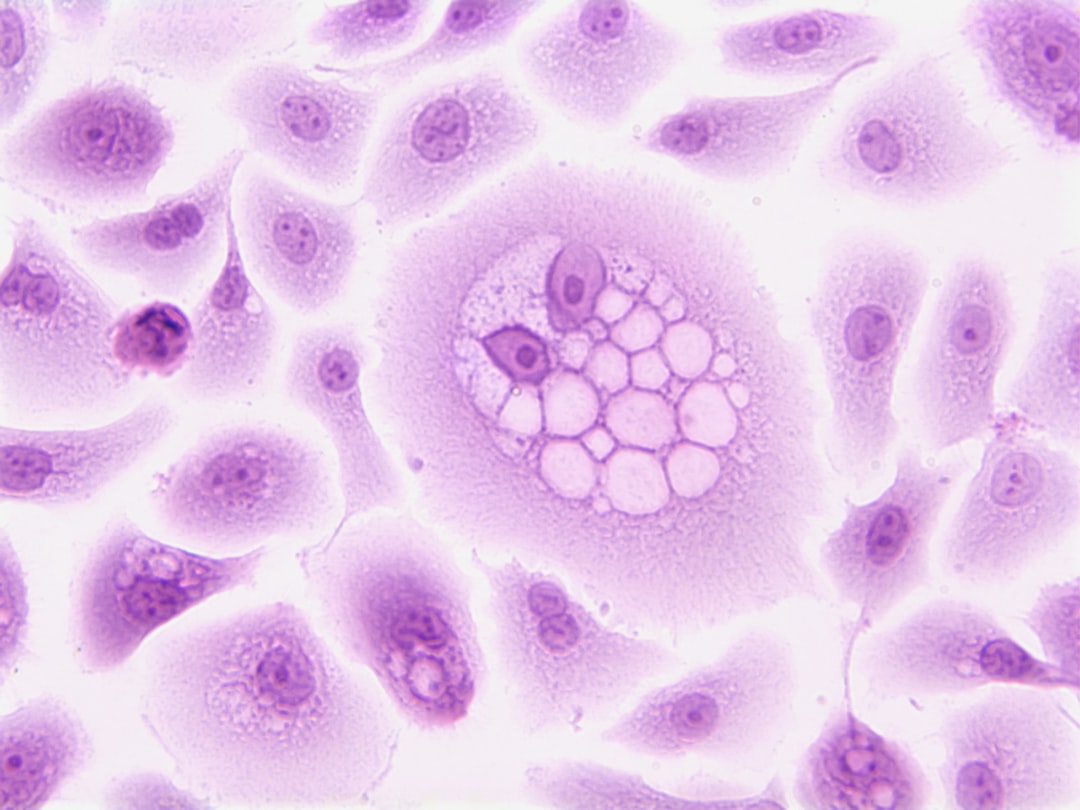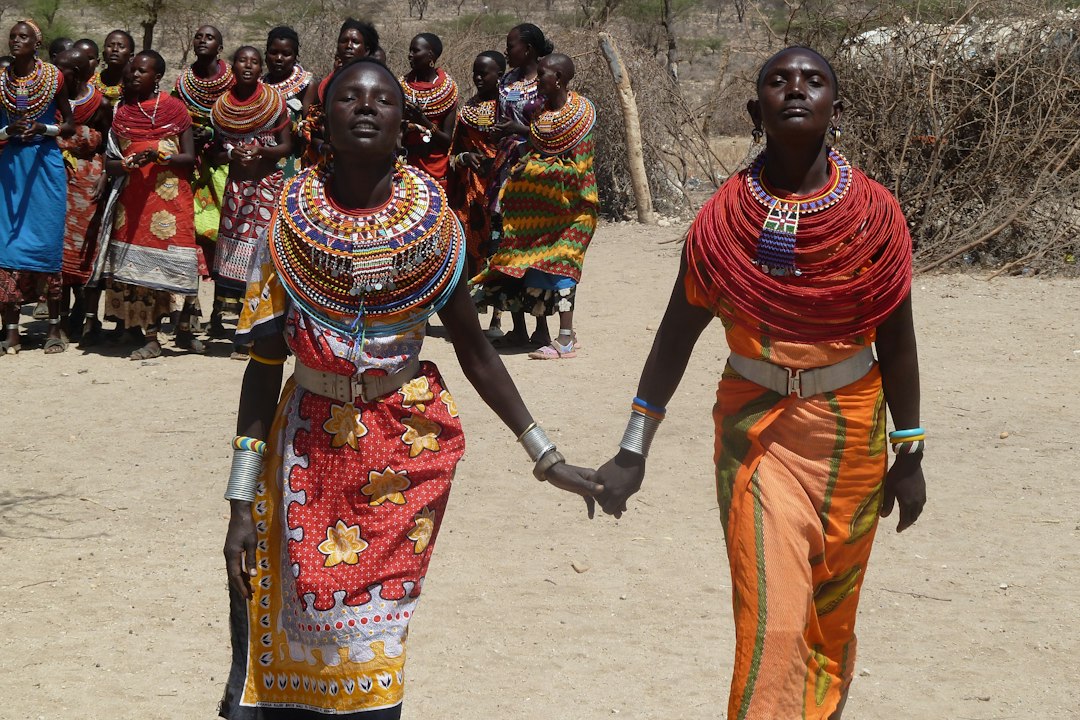What is it about?
We used mycobacterium tuberculosis whole cell activity and cytotoxicity data to build bayesian models. These were then used to screen a vendor library, select and test compounds. We also filtered a library of GSK antimalarial hits and identified 5 compounds active against Mtb out of 7 tested. One triazine compound tested had an MIC of 62.5 ug/ml. The compound was not active in vivo but had good kill kinetics.
Featured Image
Why is it important?
We demonstrate that we can identify whole cell active and not cytotoxic molecules against Mtb using machine learning. We can leverage the public data to select new compounds that are active in vitro. This study unearthed an active series which had been first published 40 years earlier and proposed its utility.
Perspectives
We demonstrated good enrichment statistics initially with the models. THis was the first time a dual event type model was used for TB. The paper brought a new approach to TB research, namely use data from HTS to build models that can be used to score compounds that are active against malaria and may also be active against Mtb
Dr Sean Ekins
Collaborations in Chemistry
Read the Original
This page is a summary of: Bayesian Models Leveraging Bioactivity and Cytotoxicity Information for Drug Discovery, Chemistry & Biology, March 2013, Elsevier,
DOI: 10.1016/j.chembiol.2013.01.011.
You can read the full text:
Contributors
The following have contributed to this page










